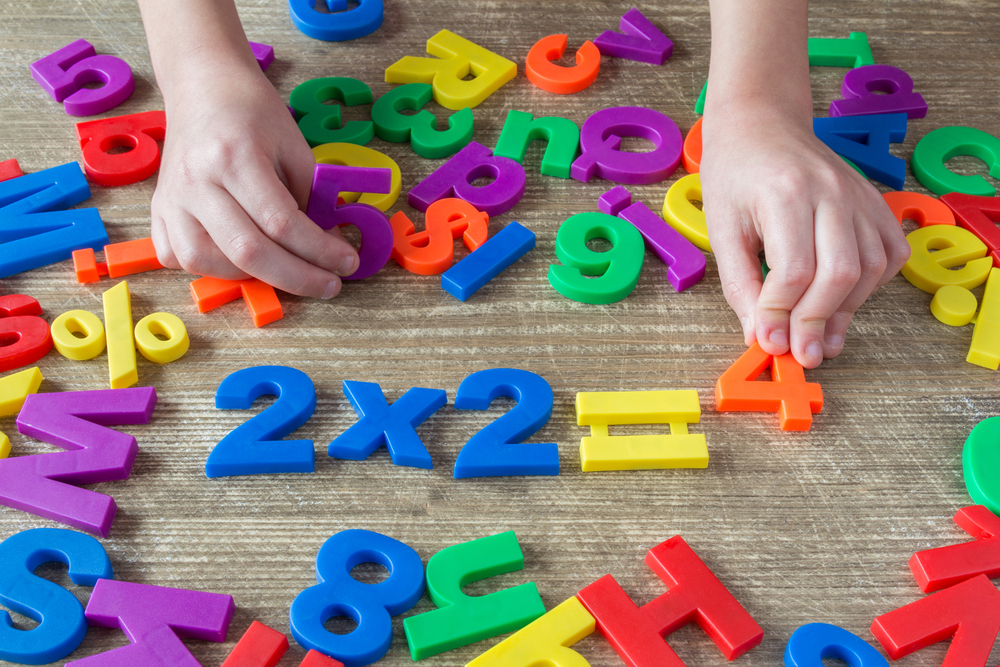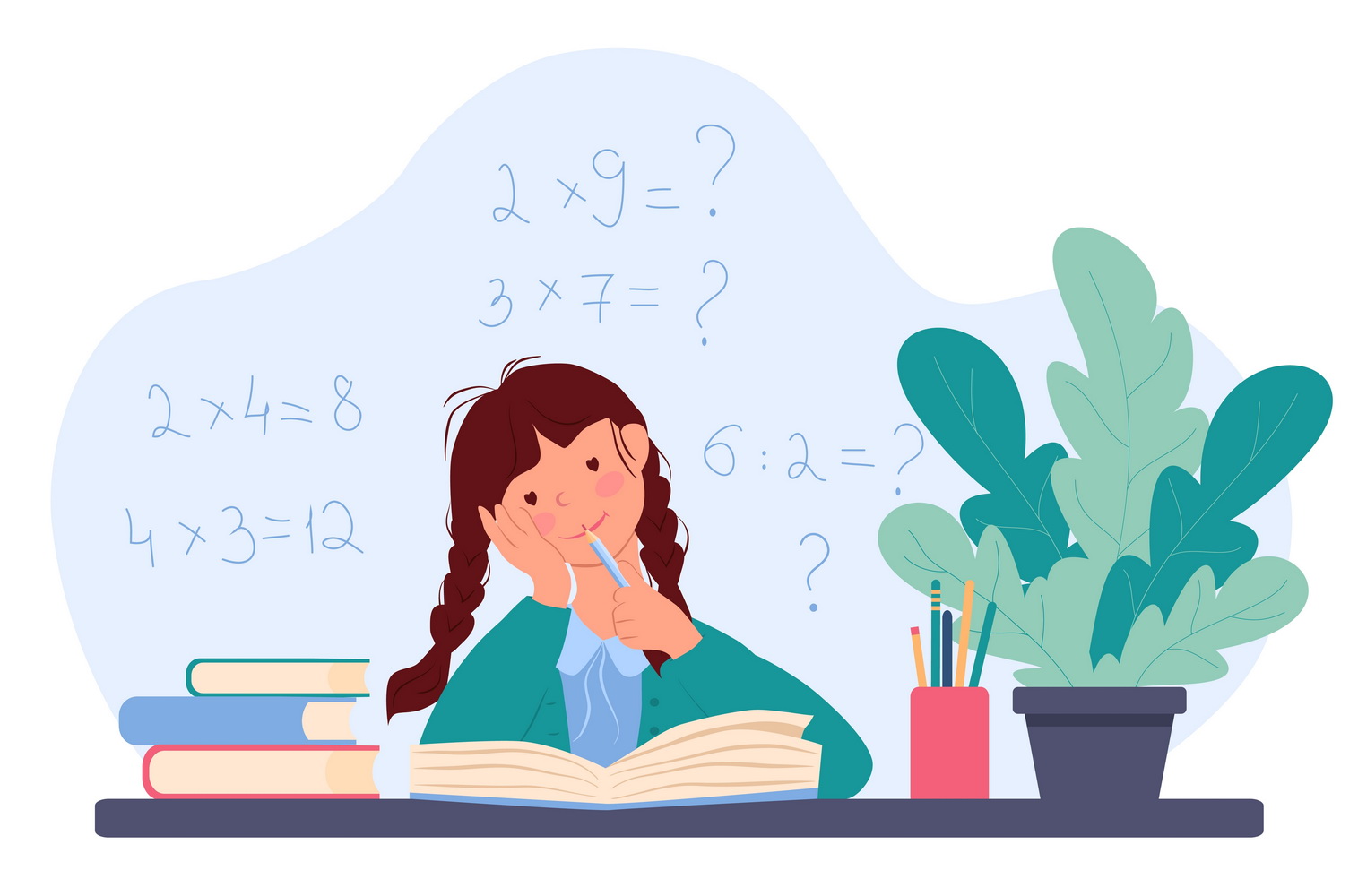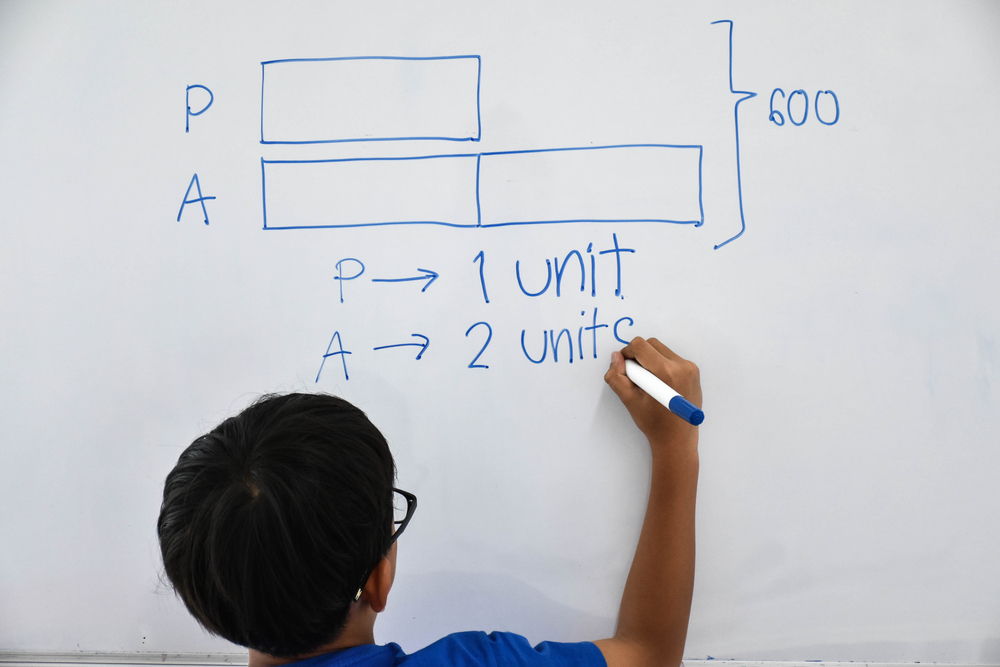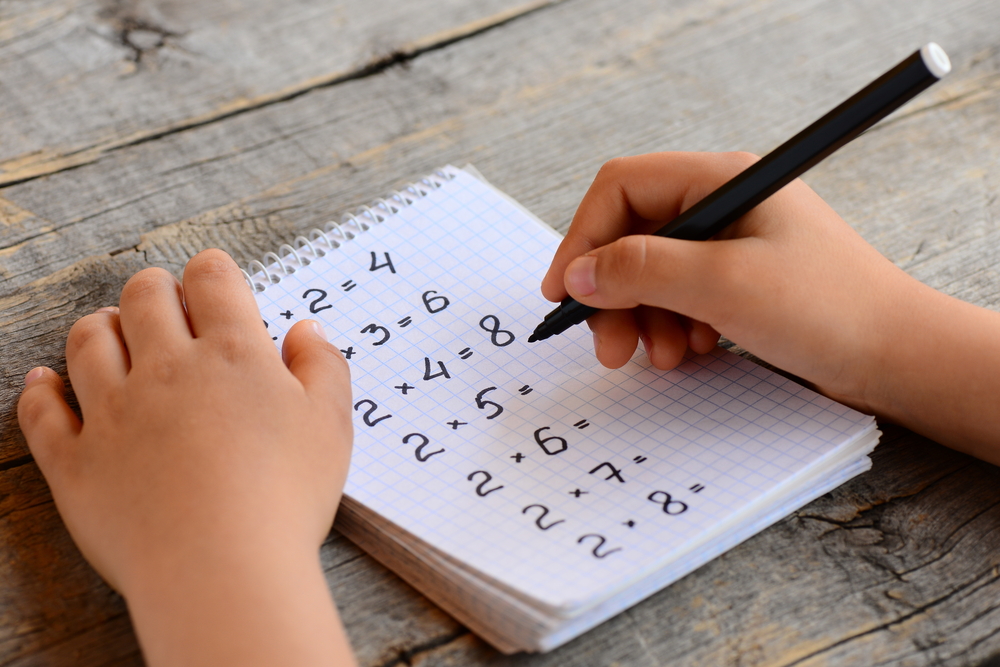Reading comprehension Normal Arrays Worksheets for Ages 8-9
4 filtered results
-
From - To
Enhance your child's reading comprehension skills with our engaging Normal Arrays Worksheets for Ages 8-9. Designed to blend math and literacy learning, these worksheets help students grasp the concept of arrays while practicing reading and interpreting informational text. Each activity presents a variety of array problems coupled with comprehension questions, ensuring a thorough understanding of both subjects. Perfect for reinforcing classroom learning or extra practice at home, these worksheets make mastering arrays and building strong reading skills fun and interactive. Boost your child's confidence with Kids Academy’s expertly crafted educational materials today!
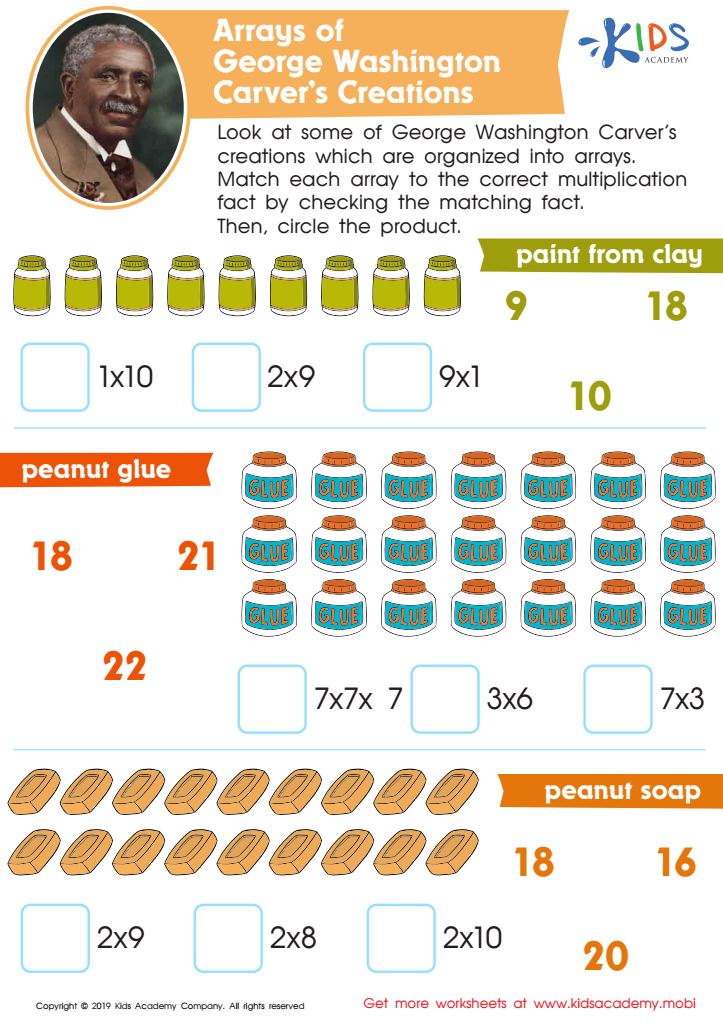

Arrays of George Washington Carver’s Creations Worksheet
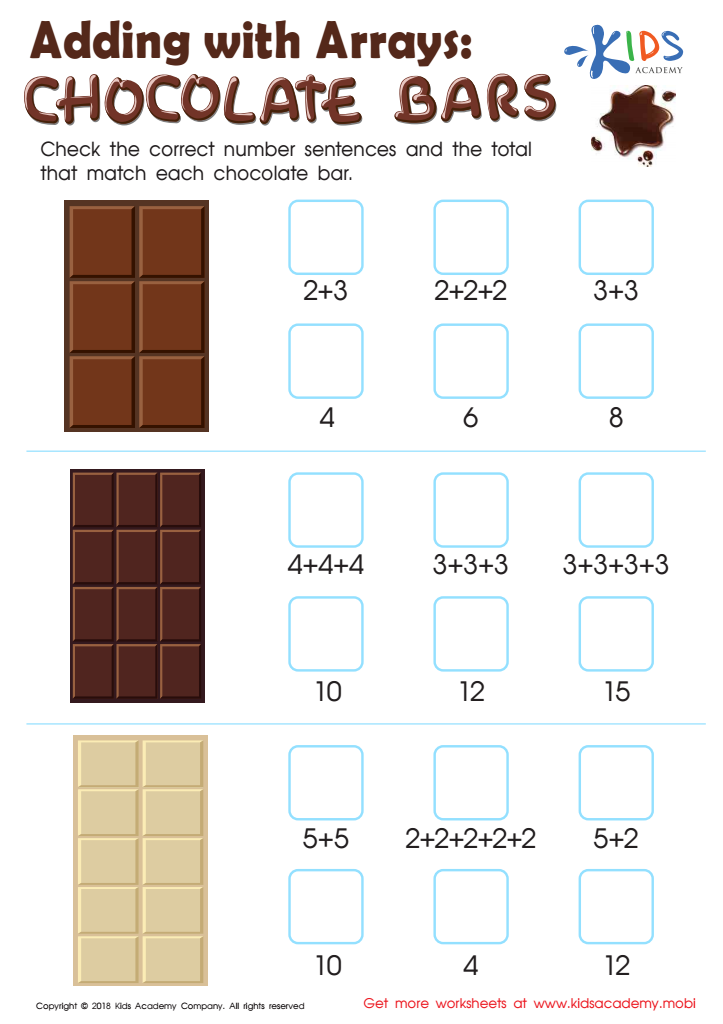

Adding with Arrays: Chocolate Bars Worksheet
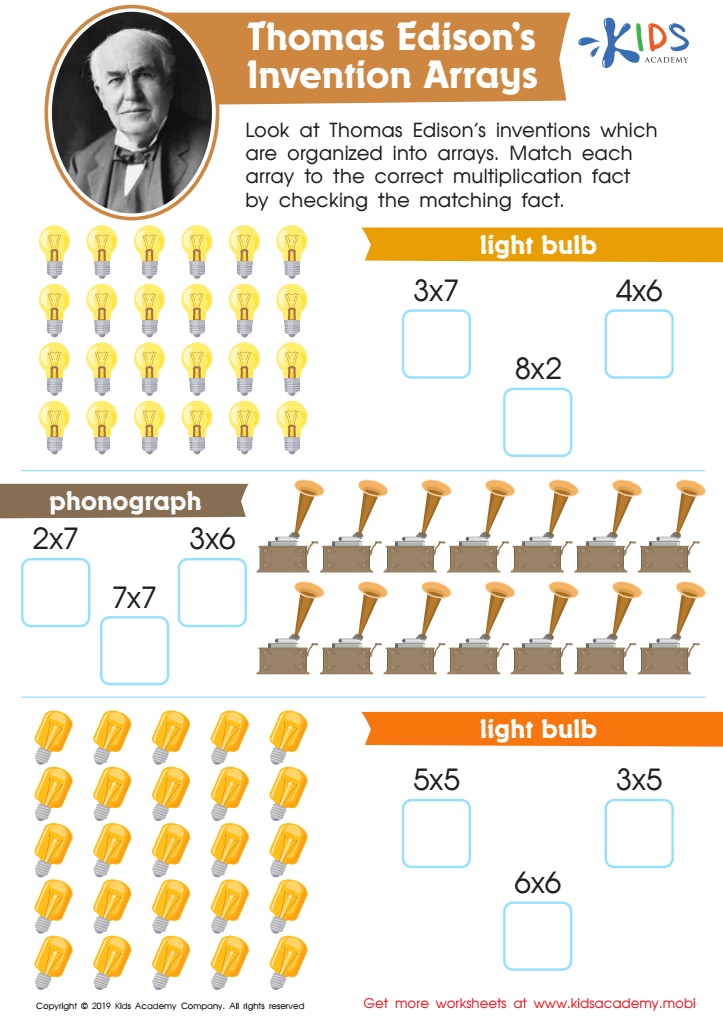

Thomas Edison’s Invention Arrays Worksheet
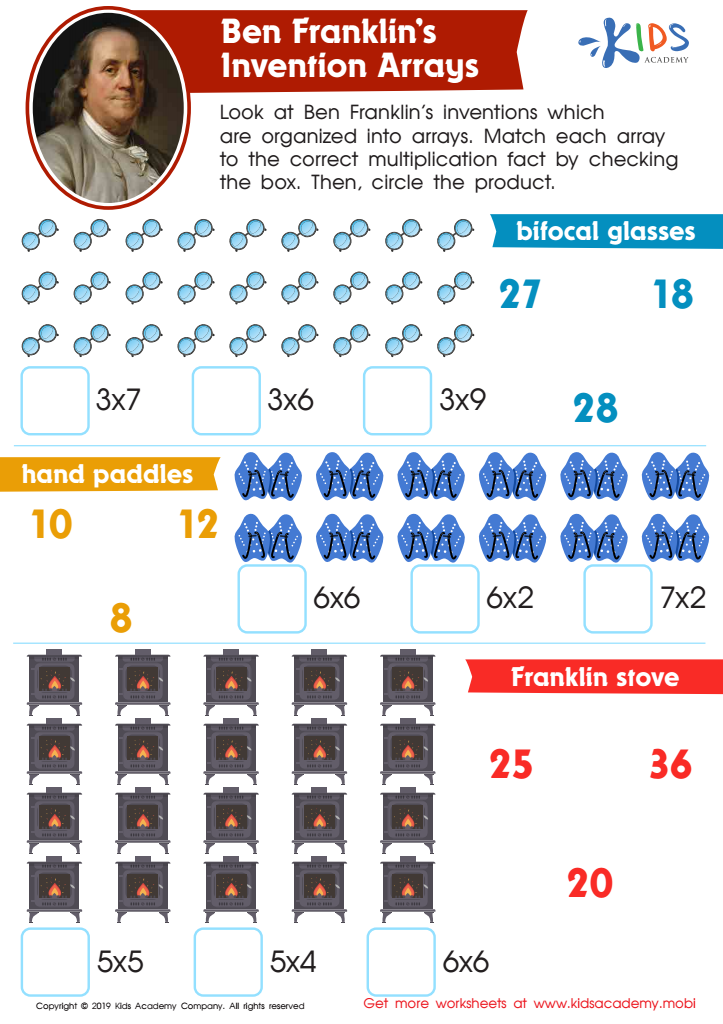

Ben Franklin’s Invention Arrays Worksheet
Reading comprehension is a critical skill for children, as it forms the foundation for learning across all subjects. For ages 8-9, using normal arrays (structured formats for arranging information) can be particularly beneficial in promoting deeper understanding.
Parents and teachers should care about reading comprehension normal arrays since they help young readers understand, process, and retain information more effectively. By organizing information into predictable patterns, normal arrays aid in distinguishing main ideas from supporting details, making complex texts more accessible.
For example, normal arrays can include graphic organizers, charts, or contour maps. These tools assist children in visually structuring information, a particularly beneficial approach for learning differences like ADHD or dyslexia. They break down text, guiding young readers toward discovering relationships between ideas.
Additionally, normal arrays foster critical thinking and problem-solving skills. Engaging with these formats encourages children to analyze information, make inferences, and draw conclusions─essential steps in becoming proficient readers.
By emphasizing reading comprehension through normal arrays, parents and teachers support not just literacy, but broader academic achievement. Improved comprehension skills translate into better performance across disciplines such as science, math, and social studies. Therefore, prioritizing these strategies in early grades is integral to a child's overall academic and cognitive development.
 Assign to My Students
Assign to My Students



